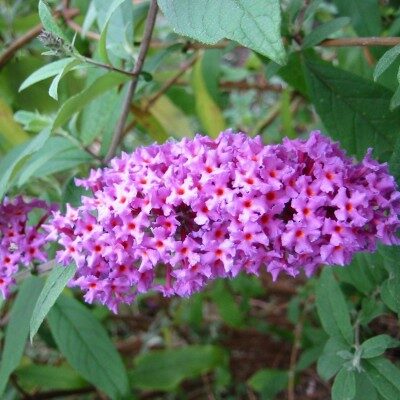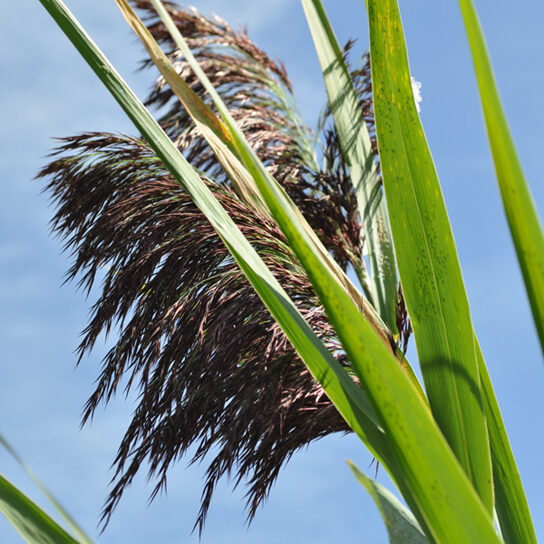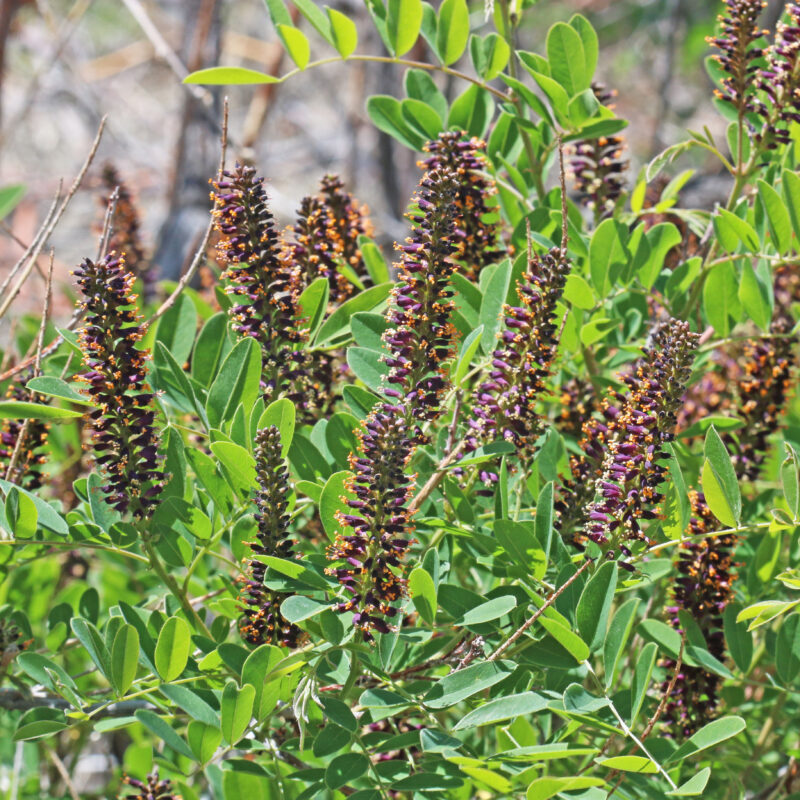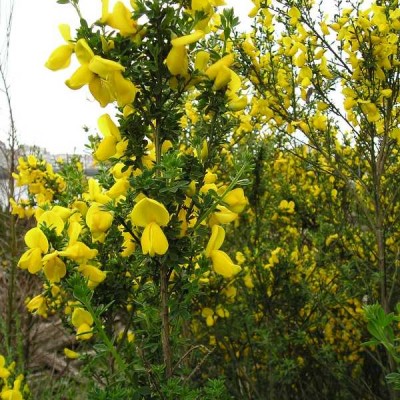
Brooms, such as Scotch (or Scots) broom (Cytisus scorparius, C. striatus, Spartium junceum, Genista monspessulana), and gorse (Ulex europaeus) are perennial evergreen shrubs that bloom in April-June. They have many slender, erect, dark green angled branches with small leaves and lots of small, pea-shaped flowers. Gorse has distinctive one inch thick spines.
They displace native plants and increase the costs of timber production by invading disturbed site, natural areas, dune and public/private forest lands. The seeds live over 50 years and mature plants produce a lot of seeds requiring long-term maintenance.
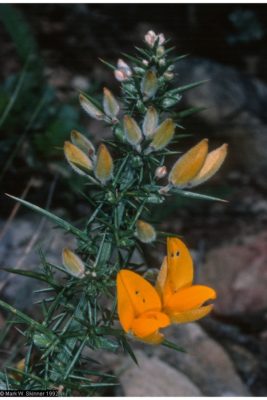
The best way to get rid of brooms and gorse is to cut or mow before they go to seed in mid-April. You can pull the smaller plants by hand or by using a weed wrench. Cut back the larger plants and then dig out the roots. It’s best to cut in mid-to-late summer when the plants are stressed. Fortunately, there are three biological controls: a beetle, a seed weevil and twig miner are approved for release and have been used effectively in Oregon.
Some native plant alternatives are:
- Tall Oregon grape
- Mountain mahogany
- Golden currant
- Mock orange
- Blue blossom
